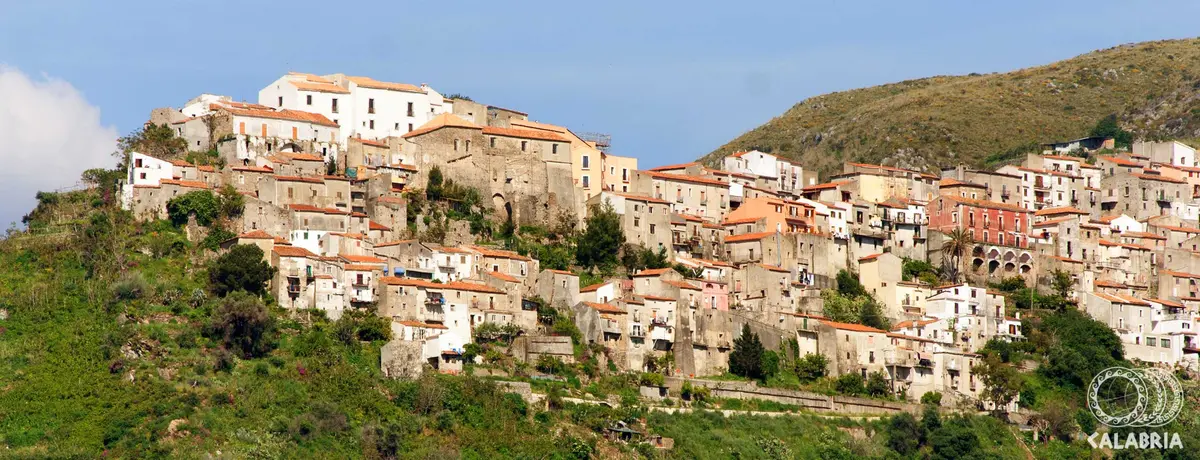Belvedere Marittimo
Belvedere Marittimo, the City of Love

Sea
Belvedere Marittimo - Regione Calabria
Belvedere Marittimo, province of Cosenza, overlooks the Tyrrhenian coast of the ‘Riviera dei Cedri’ Regional Marine Park. Famous for the Belvedere Marittimo Castle, the sea and equipped lidos, and for the revered relics of Saint Valentine, the patron saint of lovers.
Not everyone knows, in fact, that the mediaeval village of Belvedere Marittimo is also known as the ‘City of Love’ (or of the Lovers) precisely because of the presence, in the Capuchin Convent, of an ampulla that has held the blood and bone fragments of St Valentine for over 300 years.
What to do and see in Belvedere Marittimo? Sea, beaches and well-equipped lidos await you in the summer for an unforgettable holiday.
In addition to Belvedere Marittimo's lidos that offer all kinds of bathing services to families with children, couples in love and daring bathers can venture along the north coast, to discover sea terraces and yellow sands, in a suggestive alternation of clayey gullies.
The most romantic event of the summer? The historic ‘Note di Fuoco - Fireworks Art Festival’, a three-day event dedicated to fireworks over the sea.
Among the unmissable buildings in the village are the monumental Belvedere Maritime Castle, a Norman stronghold in a panoramic position, and the two watchtowers: Paolo Emilio Tower and Santa Litterata Tower.
Useful information
What to know about Belvedere Marittimo
Where to Sleep
There are 34 available accommodations.
Places
There are 7 places to visit.
Travel Ideas
There are 2 travel ideas.
Infopoint Belvedere Marittimo
Belvedere Marittimo
No result









